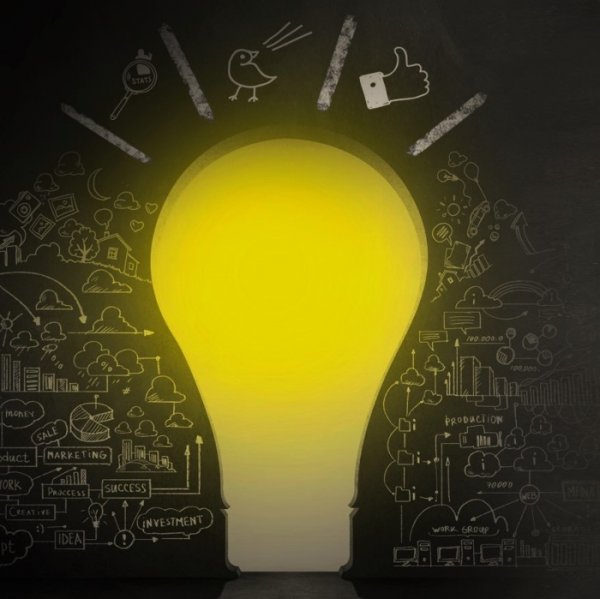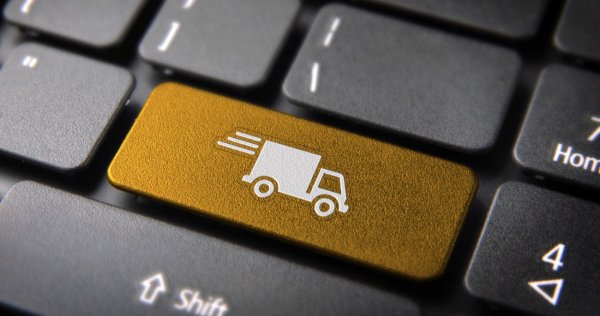
Last July, JF Gauthier, the COO of Compass, gave the keynote speech at Disrupt Asia, Sri Lanka’s first Startup Conference. The conference itself was well-attended by Sri Lankan startups, investors, and entrepreneurs and Gauthier spoke to the crowd about how older and larger companies are being replaced by startups, and how it’s changing the way economies grow and develop. Creating space for startups to grow was a recurring theme in Gauthier’s speech. Part of that is because Gauthier is the co-author of the Global Startup Ecosystem Report, a document that analyses the environments that startups develop in. The report is created by Startup Genome, a US-based global effort to nurture startup ecosystems. The report provides analysis of very specific startup ecosystems around the world. The data by itself is very fascinating, but this year’s report also includes Sri Lanka, which gives us a very useful set of metrics with which to compare the state of our industry to those around the world, giving us a good indication of where we stand globally, and where we could be in the future.

The report analyses startup ecosystems globally.
The report states that the global technology sector is growing twice as fast as the global economy in general. And projections show that this growth will continue at this rate, or even increase. That means that tech startups will be the driving force behind economic growth for the foreseeable future.
Judging the state of a startup ecosystem can be difficult. Every country has their own unique set of circumstances, and what works in one country will not necessarily work in another. The report proposes a framework called the ‘lifecycle model’ for startup ecosystems, which helps identify which stage of growth a startup system is in, and what needs to be done to advance it to the next stage.
The Lifecycle
There are four phases of the lifecycle model.
- Activation
This is where the startup ecosystem begins, before it has really developed momentum. There are still very few startups ‒ less than a thousand of them ‒ and the entire ecosystem has limited experience as a whole.
- Globalisation
Once an ecosystem matures to a point where startups gain traction globally, it starts gaining visibility and becomes known as a place where startups can attract resources. This stage is typically indicated by large exits, usually of over USD 100 million. At this point, the ecosystem has grown towards having 2,000 startups.
- Expansion
An ecosystem that is mature and conducive to the growth of startups results in multi-million dollar exits and unicorn valuations. At this point, the ecosystem is in the global stage and has access to resources worldwide.
- Integration
The ecosystem has grown past 2,000 startups, has balanced resources, and is competitive with other top ecosystems globally.

Ecosystem Lifecycle Model. Source: Global Startup Ecosystem Report 2017
Framing and judging the size of an ecosystem can be a bit complicated. The report measures the size of the ecosystem by the number of startups existing in it, or the density of startups (number of thousand startups per million people.) Another measure of the ecosystem is startup valuation. High startup valuations tend to attract more resources to the ecosystem, pushing it to the next phase of the lifecycle.
How Does Sri Lanka Place?
The top ten ranked startup ecosystems are Silicon Valley, New York, London, Beijing, Boston, Tel Aviv, Berlin, Shanghai, Los Angeles, and Seattle. Singapore comes in at 12 and Bangalore at 20. Sri Lanka doesn’t quite rank yet, mostly because it is still quite new to the whole industry and doesn’t have much metrics to show its progress. The report states that Sri Lanka has between 150-300 active tech startups, which means it’s still at early stages in the ecosystem. However, the successful exit of eChanneling, a service to book doctors appointments on the web, for an estimated USD 4.5 million in 2016, was projected to increase the number of startups in Sri Lanka in the coming years, as founders build on previous success stories.
The Size of the Pond
Some of the more general indicators in the report give us an idea of what resources the local startups really have to play with.

Sri Lanka, with a population of over 20 million, has a GDP of USD 82 billion. The global average GDP according to the report is USD 267 billion. That’s really not a lot to work with. As a result, the value of the startup ecosystem in Sri Lanka is a paltry USD 32 million, while the global median is USD 4.1 billion. That does not leave much room for startups to raise funding. As a result, the ecosystem supports about 190-258 startups, while the global average is 1,762. In comparison, the other city in the Asia Pacific cluster that was surveyed was Kuala Lumpur. They had a GDP of USD 172 billion, an ecosystem value of USD 1.14 billion and a startup output of 387 – 647 ‒ that’s over two and a half times more startups than Sri Lanka supports. Seoul, on the other hand, has nearly 3,000 startups, and is well on its way to the next part of the startup lifecycle.
There is one thing, though, that Sri Lanka does have going for it. It has the highest growth index of the countries surveyed in the region, with an index of 7.4. The next closest is Kuala Lumpur with 6.9. This high rate of growth makes Sri Lanka a good place to be for startups, with things only looking up for the ecosystem in the future.

Part of the difficulty for Sri Lankan startups is the relatively small space and resources they have to work with. Some of this could be solved by reaching outwards, and accessing other markets globally. But only 13% of Sri Lankan startups immediately target US or UK markets, which is far below the global average of 36%. Bangalore, a booming startup ecosystem, has 25% of its startups targeting foreign markets. This shows that Sri Lankan startups are very focused on solving Sri Lankan problems, and a little less interested in looking towards other markets.
Resource Access

Sri Lankan startups don’t have access to as large a pool of resources as their counterparts do
The finances Sri Lankan startups have access to are far below the global average. Early stage funding per startup hovers at around USD 7.21k. The global average is USD 252k. In comparison, Kuala Lumpur has early stage funding per startup of USD 153k and Bangalore has a hefty USD 229k per startup. Sri Lanka is behind global averages when it comes to manpower, as well. The country has only 63% of experienced software engineers and 50% of experienced growth employees. The global averages are 72% and 60% respectively. Part of the reason for this could be the poor wage scales. The global average software engineer salary is USD 49k. In Sri Lanka, the average is USD 11k annually. While there’s no way Sri Lanka can meet the global average yet, its wage scale is really too low to attract top talent.
Sri Lanka’s ecosystem is too small to attract any top resources, too. In terms of resource attraction, the report states that we pull in about 47 entrepreneurs, compared to a global average of 300, and 0 foreign startups, compared to a global average of 83. Looking at a city like Bangalore, for example, their general connectedness and openness draws in 359 entrepreneurs and 22 startups, which makes for a healthy ecosystem.
Sri Lanka also lags behind when it comes to the percentage of women who are founders. Ten percent of all founders are women. The global average is 16%. In Seoul, 16% of founders are women, and in Kuala Lumpur (the other ecosystem in the regional cluster), 23% of founders are women.
Conclusion
It would be unfair to compare Sri Lanka directly to other startup ecosystems out there that have had more time, and more resources to develop. But as the report stays, the development of these ecosystems are part of a lifecycle, and doing the “right thing at the right time in the lifecycle promises higher payoffs.” But there should be a sense of urgency when it comes to developing Sri Lanka’s startup ecosystem. Resources are limited and competition is fierce, not just locally but internationally too, with companies looking for emerging markets where they can get first mover advantage or at least push out existing competition with better marketing and superior execution.
Sri Lanka needs to invest aggressively in building and strengthening its own ecosystem. There are plenty of examples, case studies, and knowledge that Sri Lanka can use in its own context. The report strongly indicates that the places that fail to invest in startup ecosystems and produce startups will experience economic stagnation. The Sri Lankan startup ecosystem is very inward focused. This means that companies, to be successful, need to scale only to a point where it meets local needs and no further, or they need to expand their horizons and start targeting global markets. Bigger markets mean better startup valuations, which mean bigger exits. Big exits attract more resources, more investment, and a better ecosystem in general.
On the plus side, 26% of Sri Lankan startups reported that they were working on a product that is globally unique. According to the report, productivity and innovation increase as a startup goes global, and companies with more of an exposure to foreign markets drive growth. With only a small percentage of Sri Lankan startups targeting international markets, perhaps it’s time Sri Lanka turned its eyes outward and aimed at wider horizons.
Featured image courtesy Wallpaper Vortex







